“If you have extraordinary bread, and extraordinary butter, it’s hard to beat bread and butter.”
To own a family cow is a real niche lifestyle choice. Signing on to such a commitments is a marriage, of sorts. The farmer vows to feed, defend, and care for the cow. The cow just cows, but in so doing, turns grass into milk, builds soil, and provides fertility for the whole farm. My girl, Ginger, arrived on the farm in the back seat of of my truck, one week old. We bottle fed her, and provided her with good hay, and clean water, as she grew to maturity. At about ten months old, she had her first heat cycle. Cows run about 21-22 days between cycles, so we listened to her balling around about her sexual desires eight more times before we bred her. We borrowed a bull from a sister farm, and she was bred within about three minutes of his arrival. Just to be sure, we left him in with her for another 40 days, or so. The gestation period for cows is nine months, just like us. We watched her grow, and fatten until, on September 12, 2018, she birthed her first calf. She had the loveliest little heifer, who we named Nutmeg. Being her first lactation cycle, and with winter coming on, we let the calf have all of the milk, until spring. Once Nutmeg was about six months old, I began separating them, at night. While Ginger and I learned a milking language, I would get what I could without having it turn into a rodeo, then cut the calf loose to mop up. I good day would mean about half a gallon of raw A2 milk. The cream content was low, but skimming this provided all of the cream for my coffee. The skimed milk went to the pigs, and chickens, as it has little food value, and no culinary value to speak of.
At first, I approached milking Ginger as I have other guest cows we’ve had on the farm. I loaded her in the head lock stanchion in the barn, and got to work. She hates having her head trapped, and quickly began bucking around. I rebuilt the stanchion into a side bar confinement arrangement, to leave her head free, but pin her against a wall. She finished her leaf of alfalfa and hooked a horn under the side bar, ripping it off the hinge like I might snap a tooth pick. I rebuilt the contraption with lag bolts holding the hinge on, a pony fence to keep her from getting her head under, and a tighter chute to keep her from turning. She tried to climb out over the feed tray. It was at this point that I wised up. Rather than continuing to engineer increasingly complex bovine bondage contraptions, I tried simply milking her as she ate her morning hay bale. She stood like a statue and let me milk an entire gallon off. For a couple of weeks, I would put the calf with her, during the day. Once I could reliably milk her dry, I weened the calf, keeping her in an adjoining pen, with Lucy, the sheep. Amazingly, before the weening, her milk would settle out to less than 10% cream. After weening, she runs between 25 and 40% cream. She was holding out on me, saving the real food for her calf. I have no idea how they do that, but it’s impressive. The whole learning process has been quite the zen meditation in flowing with the world, rather than attempting to coerce it. That lesson informs how I see the whole farm, at this point.
Once full grown, and in peak production, a Jersey cow, like Ginger, can produce five gallons of high butter fat milk per day. Holsteins can do eight, but the fat content is less than half. Right now, grazing spring grass, Ginger’s milk is about 12% butter fat. “Whole” milk is regulated to be 4%. I don’t know if that is how it comes out of those black and white cows, but I know that it’s too weak for the game we play, over here. So, this young cow is now producing over a gallon of rich, creamy milk, every day. That may seem like quite a bit, If we are just talking about pouring it on bowls of human chow, with a sliced banana. Being how I am, however, means taking the raw product and producing all of the things that can be made from it. When the resource is flowing, I make my own butter, yogurt, cheeses, sour cream, buttermilk, and ice cream. Butter is priority number 2, after heavy cream for coffee.
The first time I made butter was in 1973, in kindergarten, in Boulder Colorado. Our teacher brought a pint of cream, and a quart mason jar into class. We passed it around a circle, shaking until our little arms gave out. About half way through the second lap, POW, the jar was now filled with butter and watery buttermilk. We ate it on saltines, and my nascent culinary mind lit up with awe.
To make butter, one need only do a bad job of making whipped cream. Leave the cream out to warm up, and whip it until it breaks. The buttermilk produce from making butter with fresh cream is somewhere between skim milk, and the whey drained off from cheese curd. It is not like the “cultured” buttermilk you would buy in the store. Butter is amazing. Fresh raw butter from grass-fed, A2 A2 (a genetic marker for low milk casein content, the intolerance of which is frequently mistaken for lactose intolerance), Jersey cow is mind blowing. How could it get any better? Well, I’m going to show you…
In Europe, cream is typically cultured prior to churning. The reasons for this are that cultured butter is more stable than uncultured butter. Just as a healthy lawn out competes weeds for resources, or a pro-biotic rich gut flora repels pathogens, or the fact that you don’t need deodorant if you stop killing your skin biome with soap, cultured butter can last without refrigeration for a long time. The bacteria used to inoculate it are the same ones used for most cheeses. They acidify the cream, pushing the pH out of the range favorable to most spoilage bacteria. This was super important, before refrigeration. Also, Cultured butter is even more delicious than regular butter. The buttermilk that remains after the churn is thick, and contains a living, pro-biotic culture. This product, unlike the pig food that comes from the uncultured process, has millions of uses. Marinating organ meats prior to making pate is among them, as it soaking chicken before frying. You need it for ranch dressing. Pancakes made with it are legendary. Additionally, the culture can be re-inoculated into more cream to make crème fraiche. Strain that through butter muslin and you have what Americans call sour cream.
This recipe is super easy. Like most good things, it just takes some time.

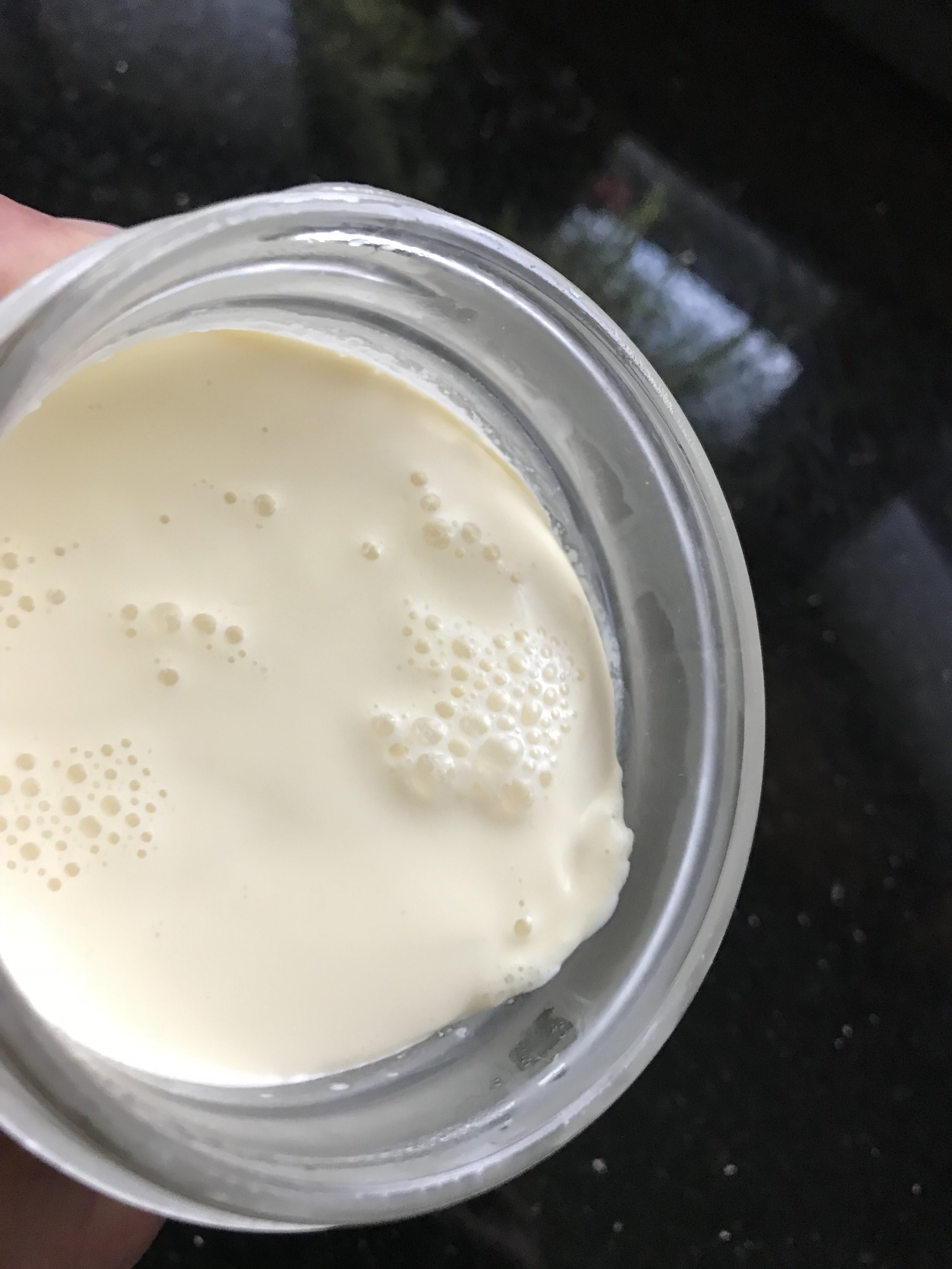
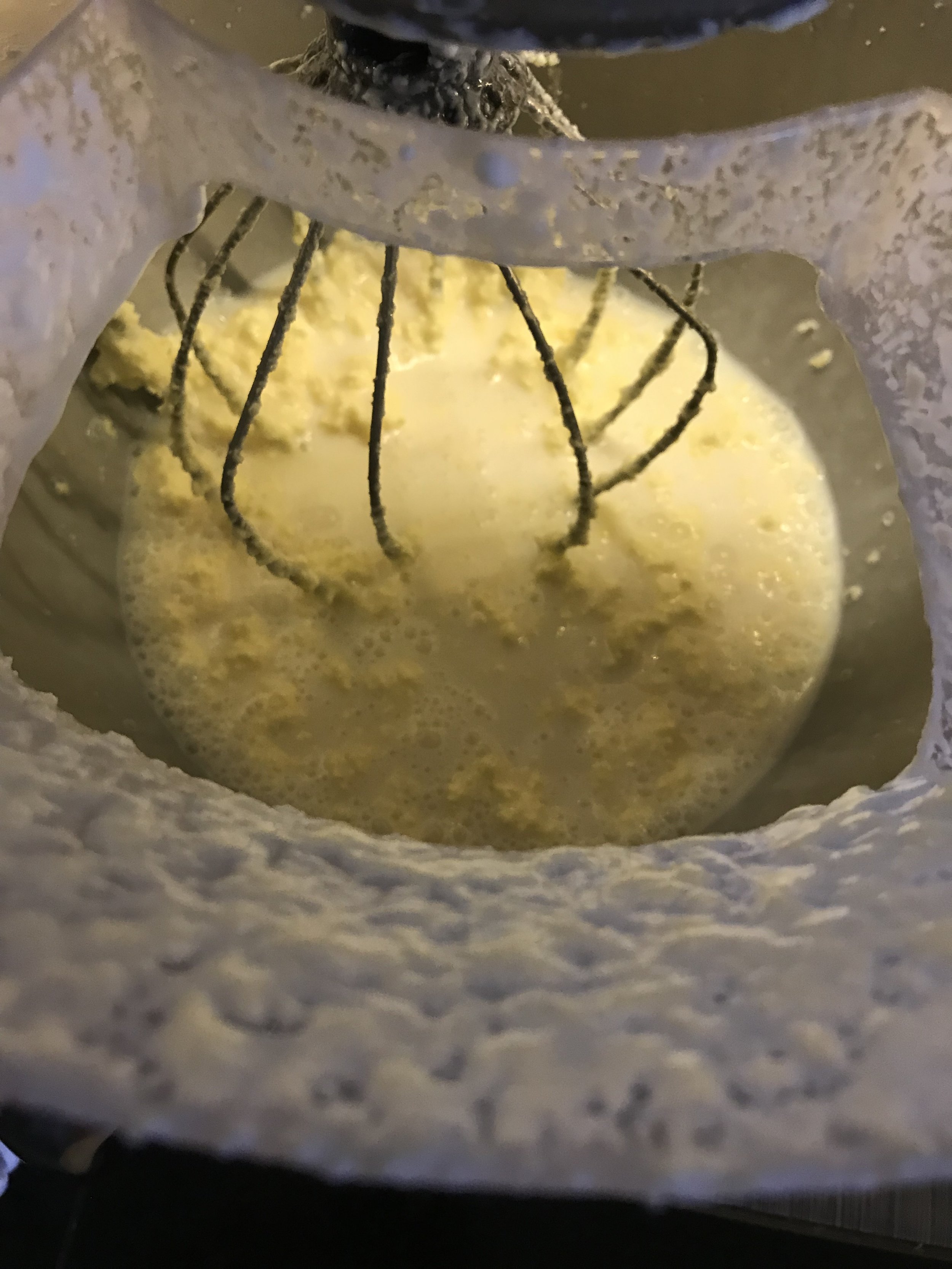
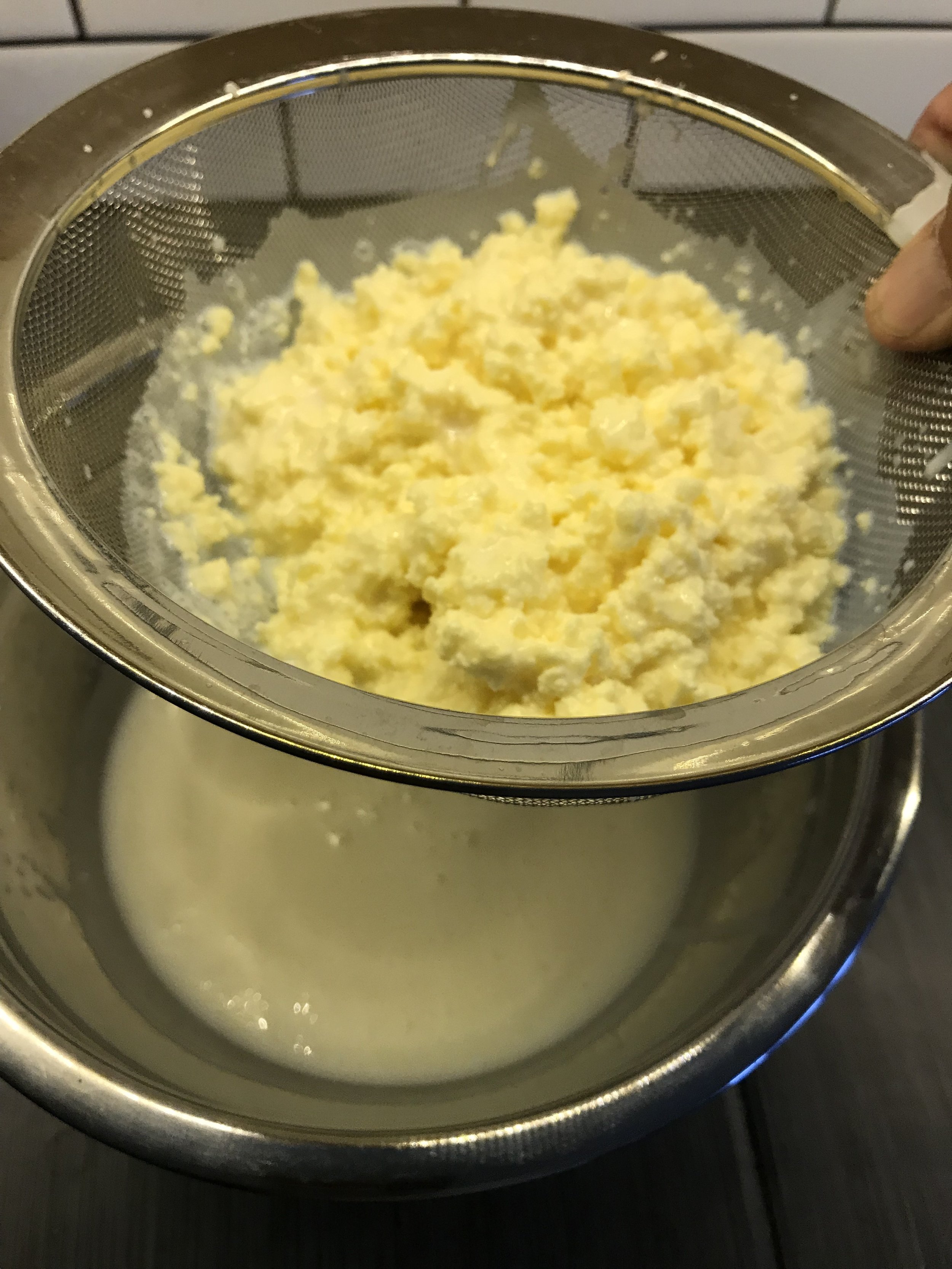
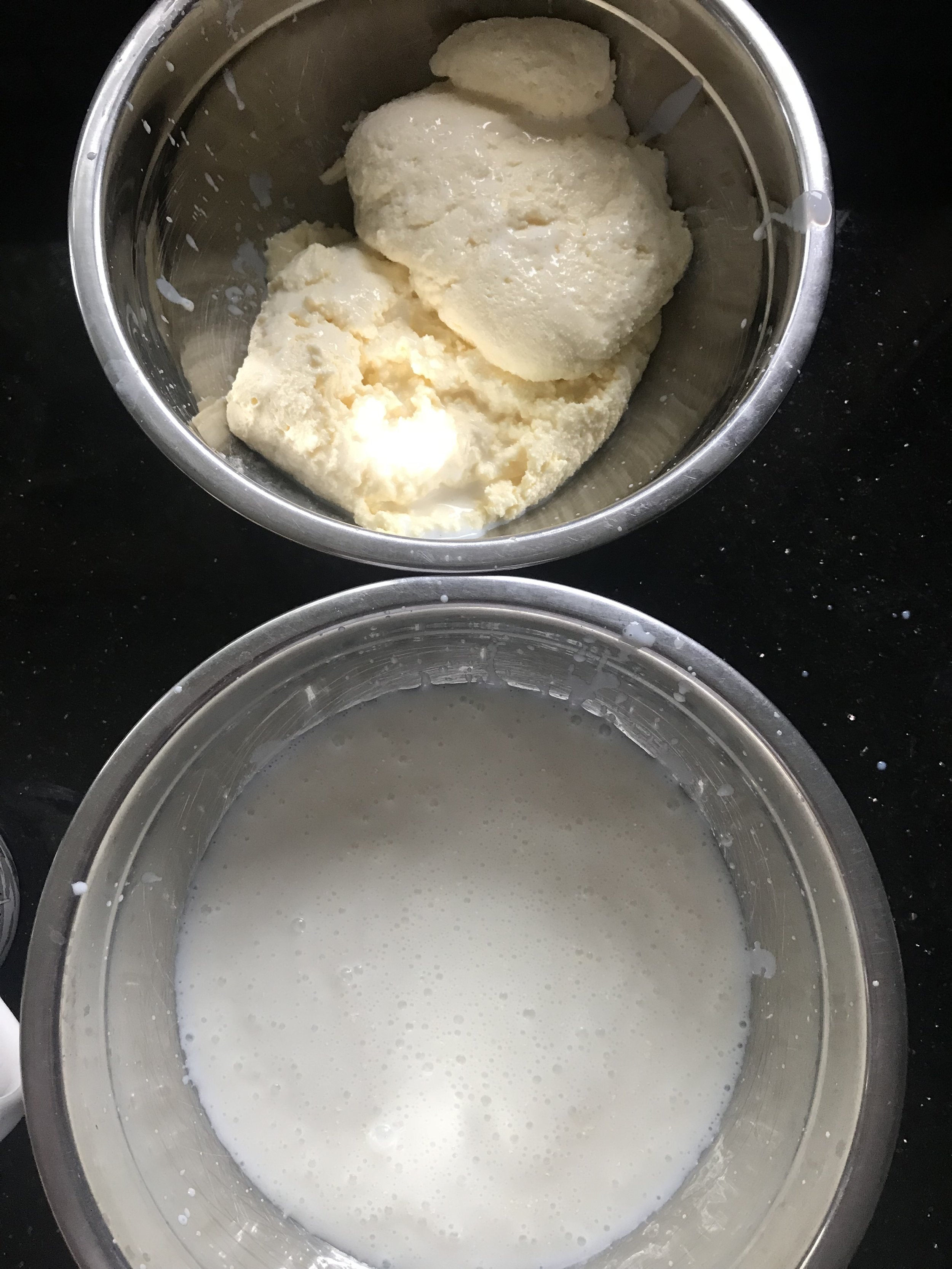
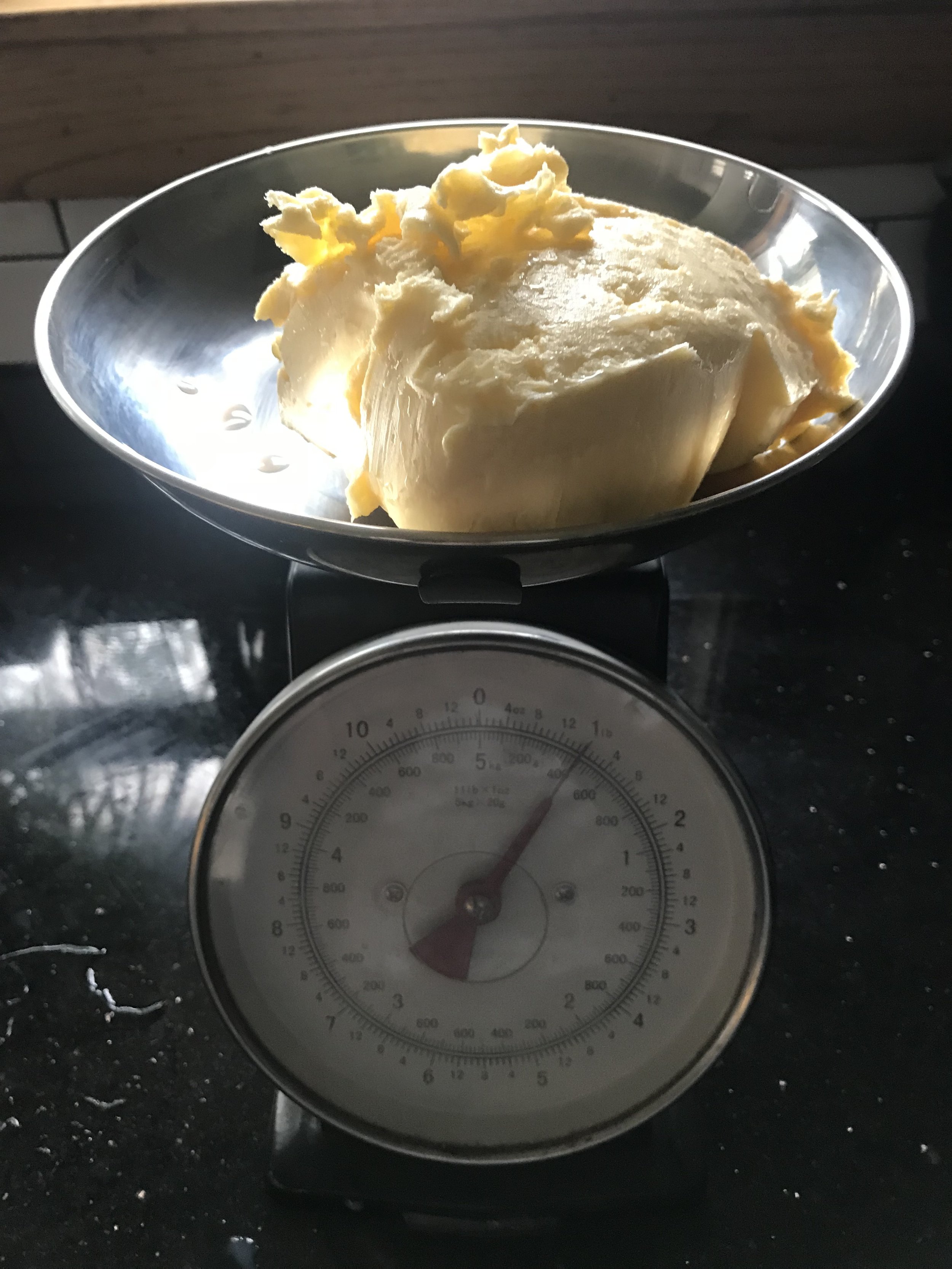
Cultured Butter:
Ingredients:
2 quarts raw cream
1/8 teaspoon MM100 or MM101 mesophilic cheese culture (available from many on line sources, or brewery supply shops)
2 teaspoons non-iodized salt (I use Himalayan pink salt)
Directions:
In a clean, non reactive pot, warm the cream, on low, until it reaches 80F.
Sprinkle the culture over the surface, and wait one minute for it to disolve.
Stir the culture through the cream, for one minute.
Cover, and let ripen for 24 hours.
Transfer to a stand mixer and whip on high until butter and buttermilk separate. Drape a tea towel over the mixer, unless you like the idea of milk painting your whole kitchen.
Strain off the buttermilk for later magic, and return the butter to the mixing bowl. Fill the bowl half way with cold water. Wash the butter by sloshing and squeezing it in the water. Drain and repeat until the water no longer becomes cloudy. Drain the water, and squeeze excess water from the butter by smearing it onto the sides of the bowl. Mix in the salt and store as you wish.
Creme Fraiche:
Ingredients:
1 pint cultured buttermilk
1 pint fresh cream
Directions:
Put both in a quart jar.
Shake the jar.
Leave it out for 24 hours.
Sour Cream:
Ingredient:
Creme Fraiche
Directions:
Line a colander with butter muslin, a tea towel, or a tee shirt. Dump in the crème fraiche. Let the whey drain for several hours until it is as thick as you like. Store under refrigeration.
The products below are Amazon Affiliate links. If you buy through them, I receive a small commission with no added cost to you.




